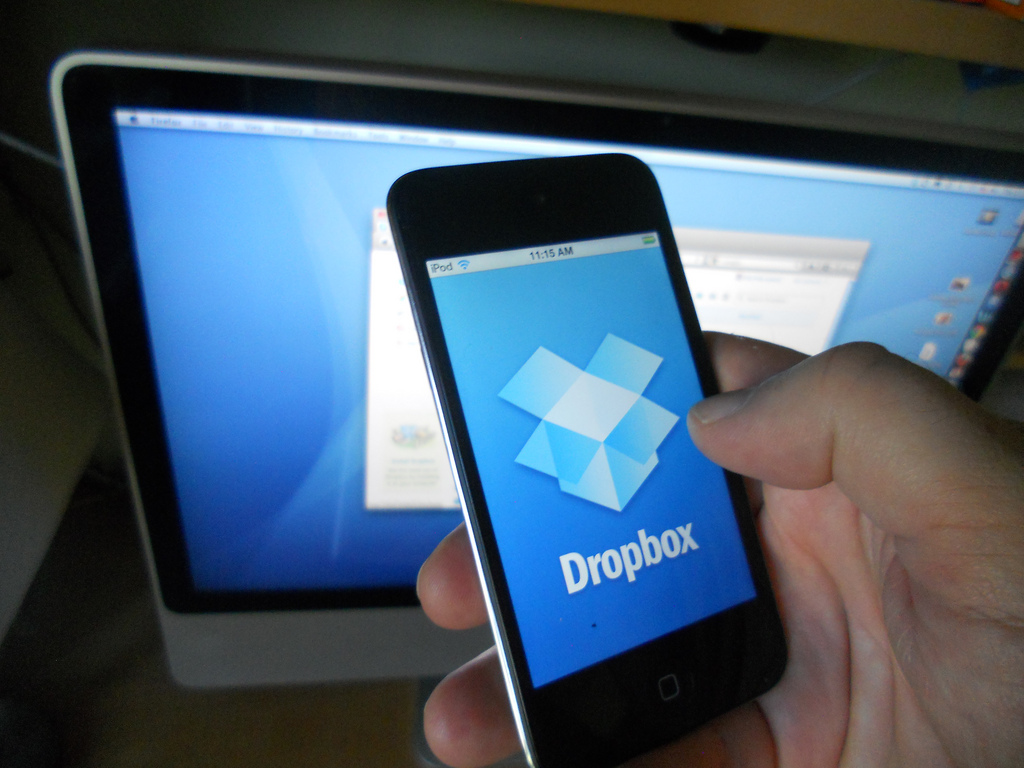
A new feature being rolled out by Dropbox uses machine intelligence to let users find image files by searching for the contents of the images.
The feature – one of a growing number of tools in the SaaS space to make use of improvements in machine intelligence – is now available on the company’s Dropbox Professional offering, and coming to Dropbox Business plans “soon”.
Users can, for example, search for “clothing” or “animals” and return all images featuring a natty shirt or a snoozing otter. (Computer Business Review’s readers may have more sensible examples: regardless, the feature is a welcome and clever one).
 It comes as part of a major shakeup by the San Francisco-based company of its offering, with a range of new services rolled out this week under the rubric “Dropbox Spaces”.
It comes as part of a major shakeup by the San Francisco-based company of its offering, with a range of new services rolled out this week under the rubric “Dropbox Spaces”.
“We’re building the smart workspace because we need technology that helps us quiet the noise, rather than contributing to it,” said Drew Houston, CEO, Dropbox.
“This starts with the launch of Dropbox Spaces, which brings together your most important content and tools into one organised place.”
Dropbox Spaces essentially lets users augment files with additional items to turn Dropbox folders into more than just a largely static repository for files.
New features that can be added to Dropbox files now includes:
- A text description
- Pinned files and folders
- Links
- Lists and to-dos
- @mentions to other Dropbox users
- Comments
- File activity
A new desktop application meanwhile, will function as a hub for workers to collaborate on projects that require access to Dropbox files, the company hopes – in what looks like a bid to position itself closer to a G Suite or even a Slack as a multi-purpose toolkit.
(Users will also be able to use the application to create and store web-based files like Microsoft Word/Excel/Powerpoint and Google Docs/Sheets/Slides).
The updates come as Dropbox’s share price falls below its IPO offering price last year; a far cry from the 36 percent it soared on the day of its floating.
The company reported net losses of net loss of $21.4 million in its last quarter, despite strong growth in paying customers (now over 13.6 million) and an 18 percent rise in revenues to $401.5 million.
It continues to focus on growing its enterprise customer base meanwhile, and also released this week were new






